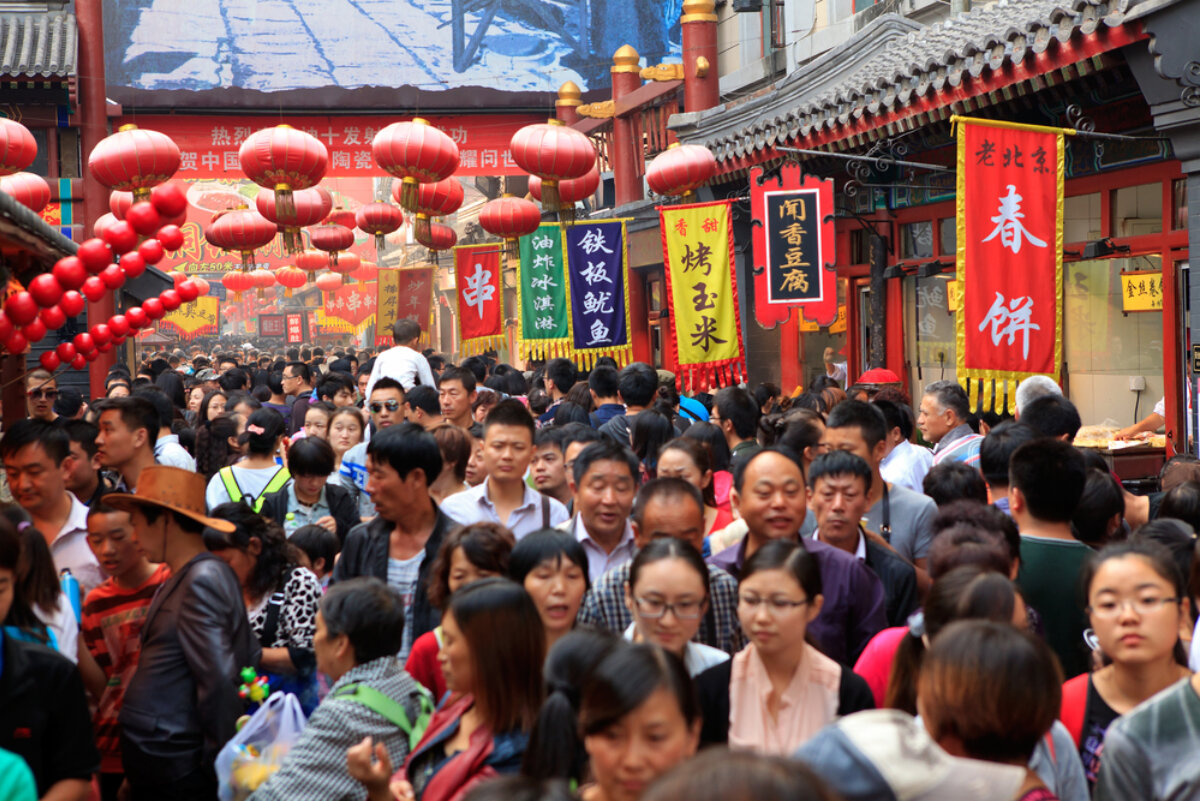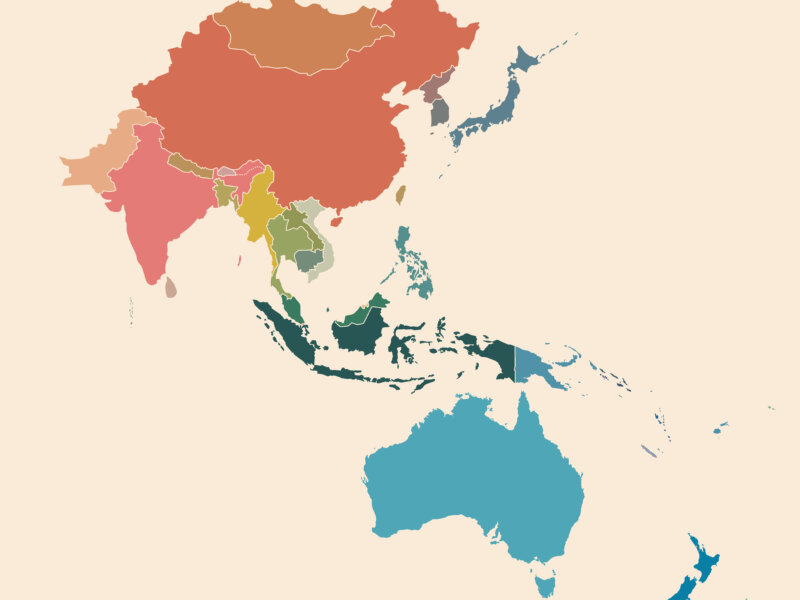Il problema demografico cinese
Per la prima volta nella storia della demografia, una grande nazione del mondo invecchia prima di diventare ricca. L’analisi di Guido Bolaffi

testing / Shutterstock.com
Nel 2022 la popolazione in Cina è scesa a 1 miliardo 400 milioni di abitanti, con una diminuzione netta rispetto all’anno precedente di ben 850mila unità. Un evento mai registrato in passato, eccezion fatta per le catastrofiche conseguenze demografiche legate alla politica del Great Leap Forward, voluto ed imposto nel 1961 da Mao Zedong.
Nel paese del Grande Dragone il numero dei morti ha superato di gran lunga quello dei nati. Un evento pur da tempo temuto ma intervenuto ben prima di quanto previsto anche dalle peggiori previsioni. Infatti, segnalavano Andrew Jacobs e Francesca Paris sul New York Times dello scorso 9 febbraio nell’articolo Can China Reverse Its Population Decline?:
“China’s population has begun to decline, a demographic turning point for the country [that] experts had long anticipated, but it arrived in 2022 several years earlier than expected, prompting handwringing among economists over the long-term impacts given the country’s immense economic heft and its role as the world’s manufacturer”.
Il declino demografico cinese, per quanto non dissimile da quello in atto anche in molte altre grandi nazioni del Pianeta presenta, come scrivevano Pak Yiu, Grace Li e Ck Tan nell’articolo di NIKKEI China’s aging population threatens a Japan-style lost decade:
“The most curious aspect of the population bomb is that China dropped it on itself. The present shortage of children was preceded by three and a half decades of enforced birth suppression, the one-child policy that was launched in 1980 and ended in 2016. In tandem with economic reforms, the one-child policy intended to limit the size but enhance the “quality” of China’s population”.
Oggi nel paese del Grande Dragone non solo si nasce poco ma si muore ancora meno. Con il risultato che l’accelerato invecchiamento della popolazione rischia di fare della Cina la prima nazione al mondo che invecchia prima ancora di essere diventata ricca.
Un pericolo segnalato già nel lontano 2012 dall’insigne demografo Cai Fang secondo cui: “China not yet a high-income country, its shrinking population could be a drag on economy growth as a massive population of retirees will claim an ever greater share of resources”.
Secondo le più recenti stime di fonte governativa “By 2035, an estimated 400 million people in China will be age 60 and over, representing 30% of the population”. Una profezia che si trasformerebbe in una ingestibile minaccia se dovessero risultare attendibili i calcoli fatti dall’Accademia delle Scienze Sociali di Shanghai secondo cui: “China’s population could be pushed down to 587 million in 2100, less than half of what it is today. That would mean for every 100 working-age Chinese, there would be 120 elderly people to support”.
La Cina sembra, dunque, destinata ad aprire una nuova ma assai negativa pagina della moderna demografia. Per la semplice ragione che, spiega Lauren Johnston del China Studies Center dell’Università di Sidney:
“In the most fortunate countries aging happens when the country is relatively prosperous, meaning many of its elderly are able to enjoy a comfortable retirement. Japan, for example, saw its median income hit First World levels well before the population began to plateau, a peak that corresponded with the end of its bubble economy in the late 1980s”.
Un rischio reso ancor più preoccupante dal fatto che attualmente: “The retirement age in China is among the lowest in the world: 60 for men, 55 for white-collar women and 50 for women who work in the factories”. Non è perciò un caso se, stando a quanto riferito dai giornalisti di NIKKEI nell’articolo già citato: “On March 14 Jin Weigang, president of the Chinese Academy of Labor and Social Security Sciences told Chinese state media the country is considering raising the age of retirement gradually, by a few months each year”.
Per Pechino i guai della crisi demografica oltreché all’interno presentano anche serie, negative implicazioni nella sua confrontation geopolitica con gli Stati Uniti d’America, la cui popolazione, all’opposto che in Cina, pur invecchiando continua invece a crescere. Nel paese a stelle e strisce, infatti, secondo i dati appena resi noti dall’ultimo Census Bureau Vintage il numero dei nati rispetto ai morti ha segnato tra il 2020 ed il 2022 un incremento netto di circa 431.192 unità.
Riusciranno i massicci incentivi messi in campo negli ultimi anni dalle autorità cinesi per spingere le giovani coppie a fare più figli ad invertire il negativo trend demografico del Paese? La risposta degli esperti è no.
Non solo in ragione del fatto che spiegano Nicole Hong e Zixu Wang nel documentatissimo articolo Desperate for Babies, China Races to Undo an Era of Birth Limits: “Many countries around the world – from Japan to Australia to Sweden – have confronted the same demographic challenge, and their attempt to incentivize new babies with subsidies and other tactics have had a limited impact”.
Confermando quanto già segnalato da Andrew Jacobs e Francesca Paris secondo cui: “History suggests that once a country crosses the threshold of negative population growth, there is little that its government can do to reverse it”.
Ma anche perché, dall’inchiesta su citata di Nicole Hong e Zixu Wang emerge che: “Many young Chinese adults, who themselves were born during China’s draconian one-child policy, are pushing back on the government’s inducements to have babies […] The measure have been met with a wave of public skepticism, ridicule and debate, highlighting the challenges China faces as it seeks to stave off a shrinking work force that could imperil economic growth”.



